Executives from Britain’s leading submarine contractors told MPs that the AUKUS partnership with the United States and Australia is progressing positively but warned that delays in decision making and alignment could undermine its early momentum.
Giving evidence to the Defence Committee, senior representatives from BAE Systems, Rolls-Royce and Babcock described the first phase of AUKUS, focused on the next-generation SSN-AUKUS submarine, as both promising and complex.
Steve Timms, Managing Director of BAE Systems Submarines, said the collaboration had been “a real catalyst for enhancing the level of cooperation” with the US and Australia. He described a new level of trust and shared engineering effort but warned that the programme’s success depended on “securing alignment” and making key decisions “on a timely basis.” Without that, he said, there was a risk of slipping behind schedule. “To finish programmes on time, we need to start on time,” he told MPs.
Babcock’s Harry Holt agreed that progress had been broadly positive but said the scale of the programme required more than coordination on submarine design. “This is an ecosystem,” he said, “not simply new submarine platforms, but infrastructure, regulation, supply chain and workforce. We should make sure that we are moving on all parts of the ecosystem and not letting any one of those elements fall behind.” Holt highlighted Babcock’s joint venture in Australia, H&B Defence, as a model for long-term industrial collaboration and said relations with Australian authorities had improved as Canberra consolidated decision making under its “Team Australia” approach.
For Rolls-Royce Submarines, President Steve Carlier described the UK’s nuclear partnership with the US as “very well established and understood,” dating back to the 1958 Mutual Defence Agreement. He welcomed the addition of Australia to that relationship but echoed concerns about pace. “It is really difficult as a manufacturer to deal with very low volumes,” he said. “A trilateral ambition to grow that volume and resilience is very welcome… but it is very important that we start on time, and that we keep going.”
Asked how to overcome the alignment challenge, the witnesses stressed early commitment and continuity. Carlier advised, “First and foremost, start on time. Stay on and never let the effort cycle down or up. Keep the pace.” Timms added that choices on infrastructure, redundancy, and supply chain security had to be made quickly to balance “risk appetite versus resilience.”
Committee members also asked whether AUKUS had strengthened cooperation among the UK’s own submarine builders. Timms said the three companies already operated as a closely knit community within the defence nuclear enterprise. “Given nuclear’s relatively niche family, the working relationship between Government authorities and industry has been very good for an awfully long time,” he said.
Holt added that their pre-existing collaboration provided a foundation for the trilateral partnership rather than the other way round.


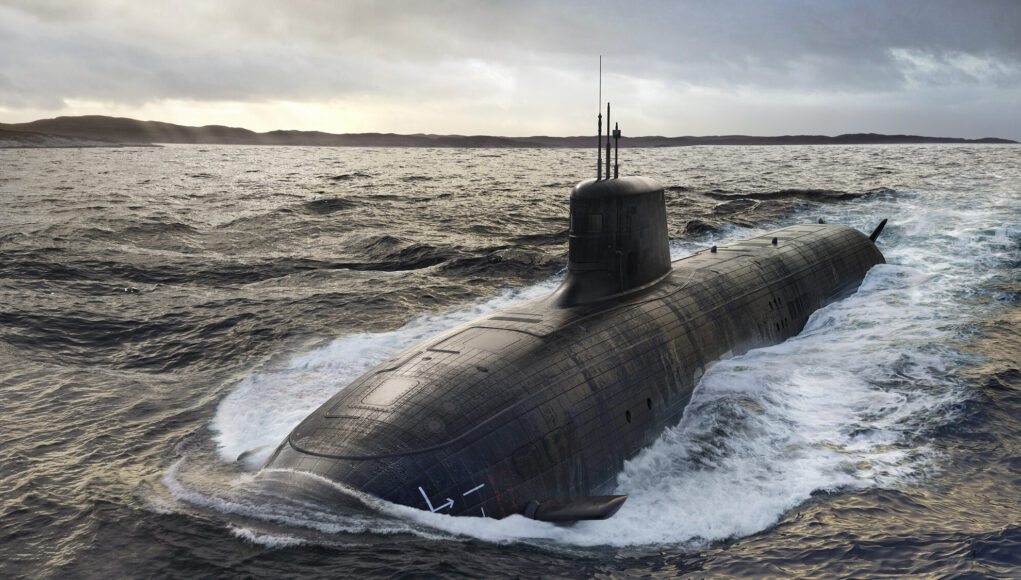
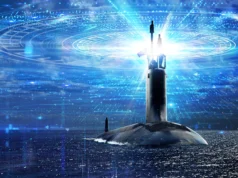

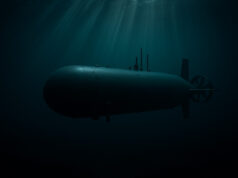

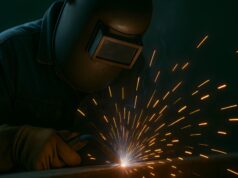

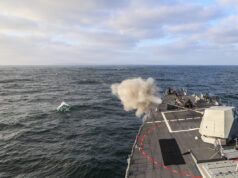
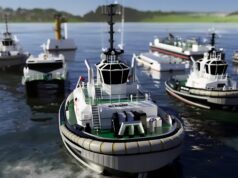
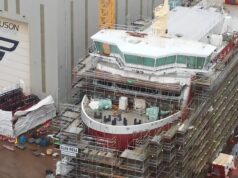
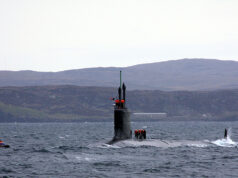

I interpret this as a plea not to keep shifting delivery timelines to cope with year-end budget shortfalls.
why ? are they being built on the Clyde? that would explain it.
Has HMG slowed down on this? Or the US?
I assume this is phase 1 and Starmer”s much vaulted 12 SSN pledge, I thought long lead stuff for these was already underway?
Well it may in part be a reference to the Trump administrations decision to review whether AUKUS aligned with the “America first” policy. Thankfully the US decided to stay on board.
But given Trump has decided to issue an EO against USN carriers having EMALS, goodness knows what spanner’s he could throw into AUKUS in future…
Then of course there’s the current shutdown of the US Government…
Thanks, Spock.
So, if those examples are the reasons it is all beyond our control really, save pulling out and going alone, which wasn’t the idea.
Yes it’s all very Vicomte de Valmont 🤷🏻♂️
Delays in a UK defence programme. Who would have thought?
Involvement of the USA in SSN A was a mistake. US defence contractors will cause delays and substantially increase the price and there is no way the Australian government is keeping its s**t together until 2040 to buy UK submarines.
They will pull out and leave us holding the baby.
We should cancel the use of US combat systems in SSN A and revert back to our own.
Australia’s insistence on turning this into a job’s program has jacked up the costs and provides little if any benefit to the UK. Realistically we need every bit of our own ship building capacity to meet the demand for our own navy which will struggle to produce 12 SSN’s no matter how much money is thrown at the problem.
I would suspect that delays in decision making have been triggered by the Trump Administation deciding to review the whole AUKUS programme. Bottom line is that the US does not have the production bandwidth for the Virginina-class loans to Australia.
TLDR – AUKUS will be late and over budget.
Pretty much all massive project are 🤷🏻♂️
So…. The PLAN has a plan????
I’ll see myself out
Another Axiom, the 2nd today? This isn’t news, only bleeding obvious. I’m not poo’pooing George, only the source :/